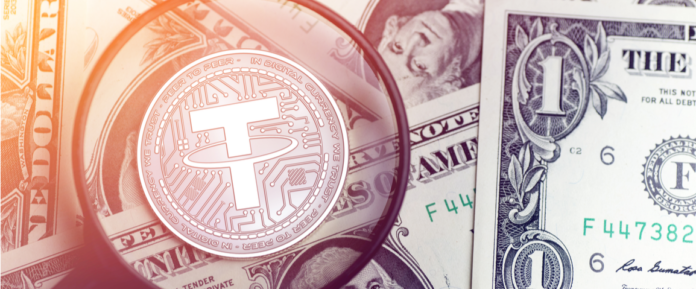
Tether, the world’s leading stablecoin, has burned 500 million of its USDT tokens following a buyback that was carried out over the past several days. Tether spent the past week repurchasing many of its USDT tokens from exchanges and coinholders.
These tokens were originally transferred to a treasury address, which accumulated a balance of nearly a billion USDT. This buyback process removed the tokens from circulation indefinitely.
Now, about half of the tokens at that address (500 million USDT) have been permanently burnt and can never be retrieved, generating plenty of controversy:
Tether has just destroyed 500M USDt from the Tether treasury wallet with the following tx: https://t.co/HTG52LaRVh
For more information see the announcement here: https://t.co/McLTCGzmJi— Tether (@Tether_to) October 24, 2018
Why the Controversy?
Coin burns of this sort are a fairly regular process. Tether performs burns routinely: it originally set out the process in its whitepaper, which explains that coin creation and destruction is the “main process by which the [system’s] solvency is maintained.”
Furthermore, Tether is not alone in destroying its tokens: many exchanges and ICOs perform burns as well. Generally, coin burns are carried out to increase the value of a coin by making it scarcer — coins that are in high demand are more expensive. This benefits the holders of the coin, who are subsequently in a position to sell it at a high value.
However, Tether is meant to remain at a stable value — one token is (supposed to be) worth one US Dollar. As such, a coin burn should not increase the price of Tether, only maintain its stable price. CNBC Africa’s Ran NeuNer pointed out that coinholders and exchanges got a bad deal in this regard: Tether bought back tokens at 95-96 cents instead of the “stable” $1.00 rate:
“Tether redeeming and burning 600m tokens, taking them out of circulation. Last week the average discount was about 5%… thats a quick $30m right there.”
Strictly speaking, Tether will not directly profit from this action. However, thanks to the burn, Tether will be able to issue new tokens without putting more money in their reserve. If the coin’s $1 value is restored, they will be able to sell new tokens at that rate. Although coinholders may have become unwilling participants in the coin burn, it is an explicit part of Tether’s system.
Can Tether Survive?
The optics of coin burns are usually controversial regardless of the economics, but recent events are not doing Tether any favors. Yesterday’s coin burn followed a recent drop in the price of Tether and reportedly false rumors of insolvency.
Tether originated in 2014 as a much-needed solution to crypto volatility, but it seems to be losing its capacity to perform that role as it loses user trust. Tether was unique when it was introduced, but it cannot rely on that quality any more: if competing stablecoins such as Circle’s USDC perform well, Tether may eventually lose its position as top stablecoin.

Unhashed.com is author of this content, TheBitcoinNews.com is is not responsible for the content of external sites.
Our Social Networks: Facebook Instagram Pinterest Reddit Telegram Twitter Youtube











